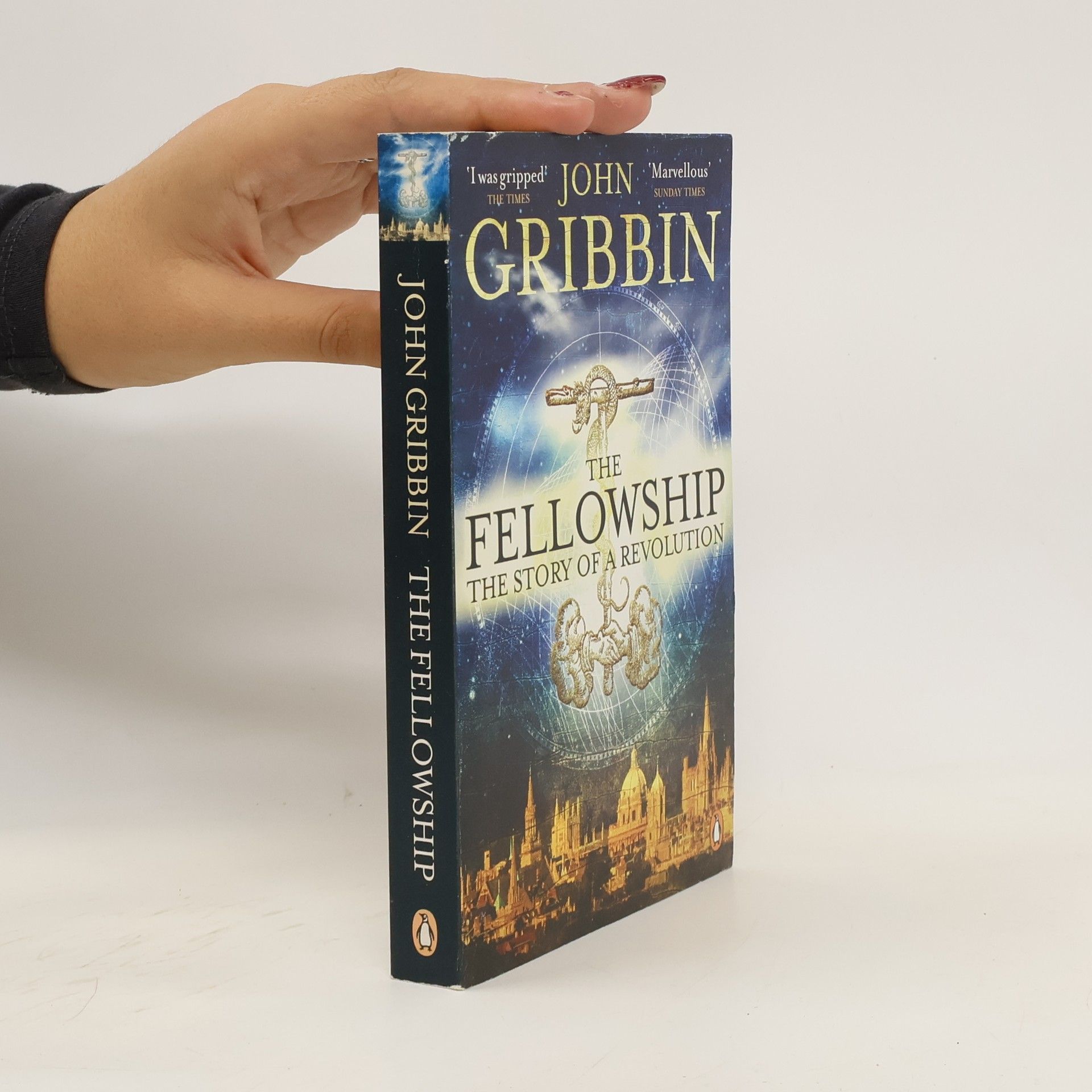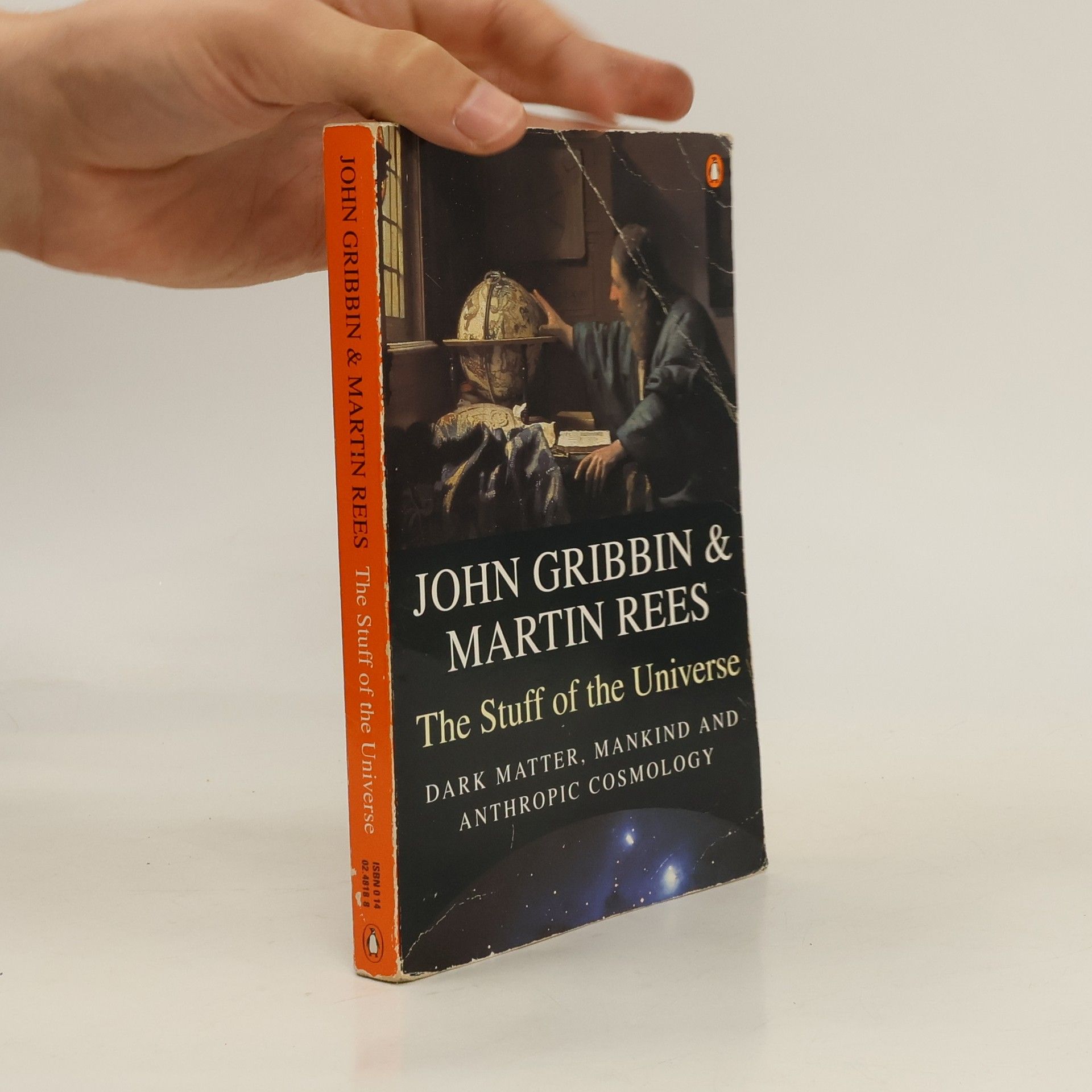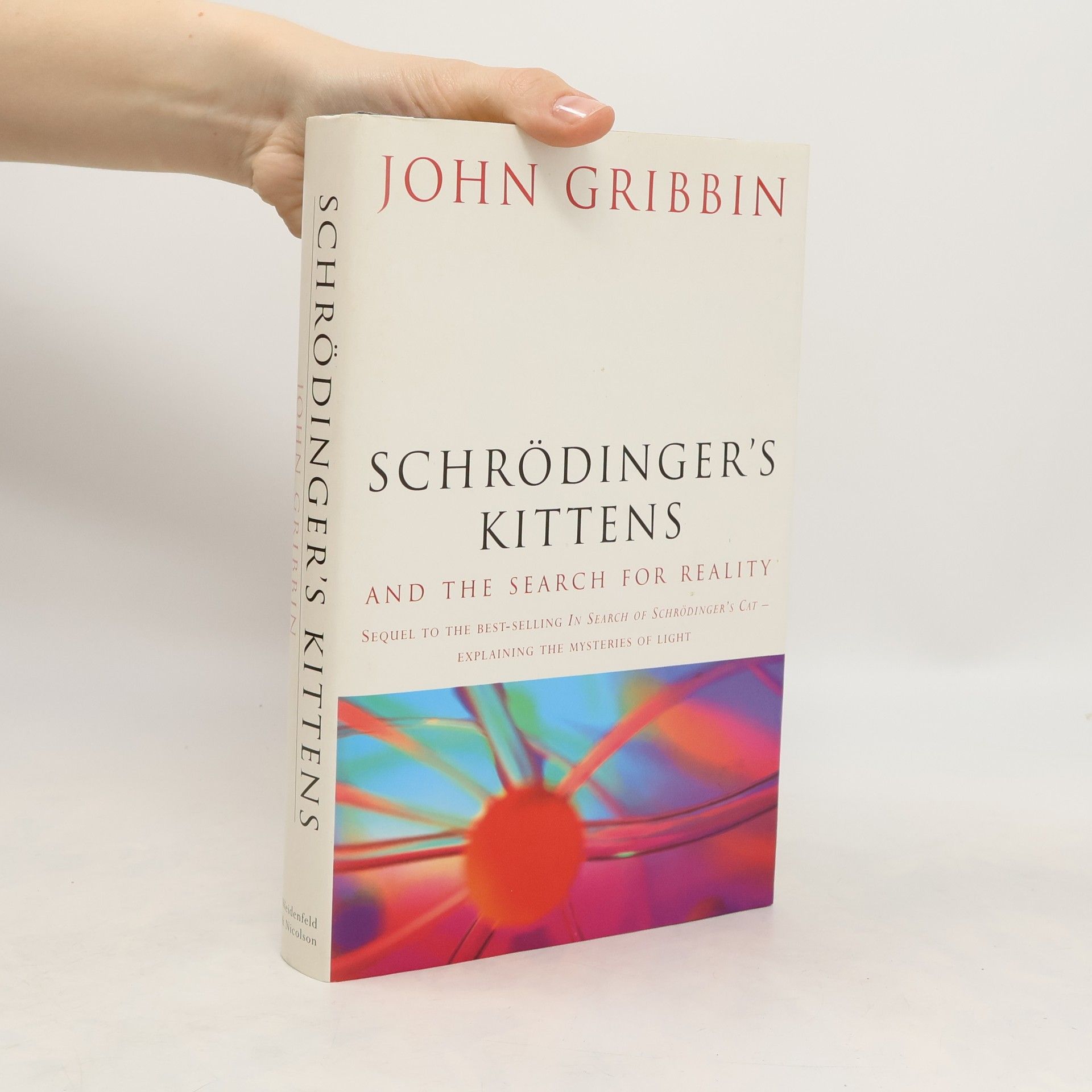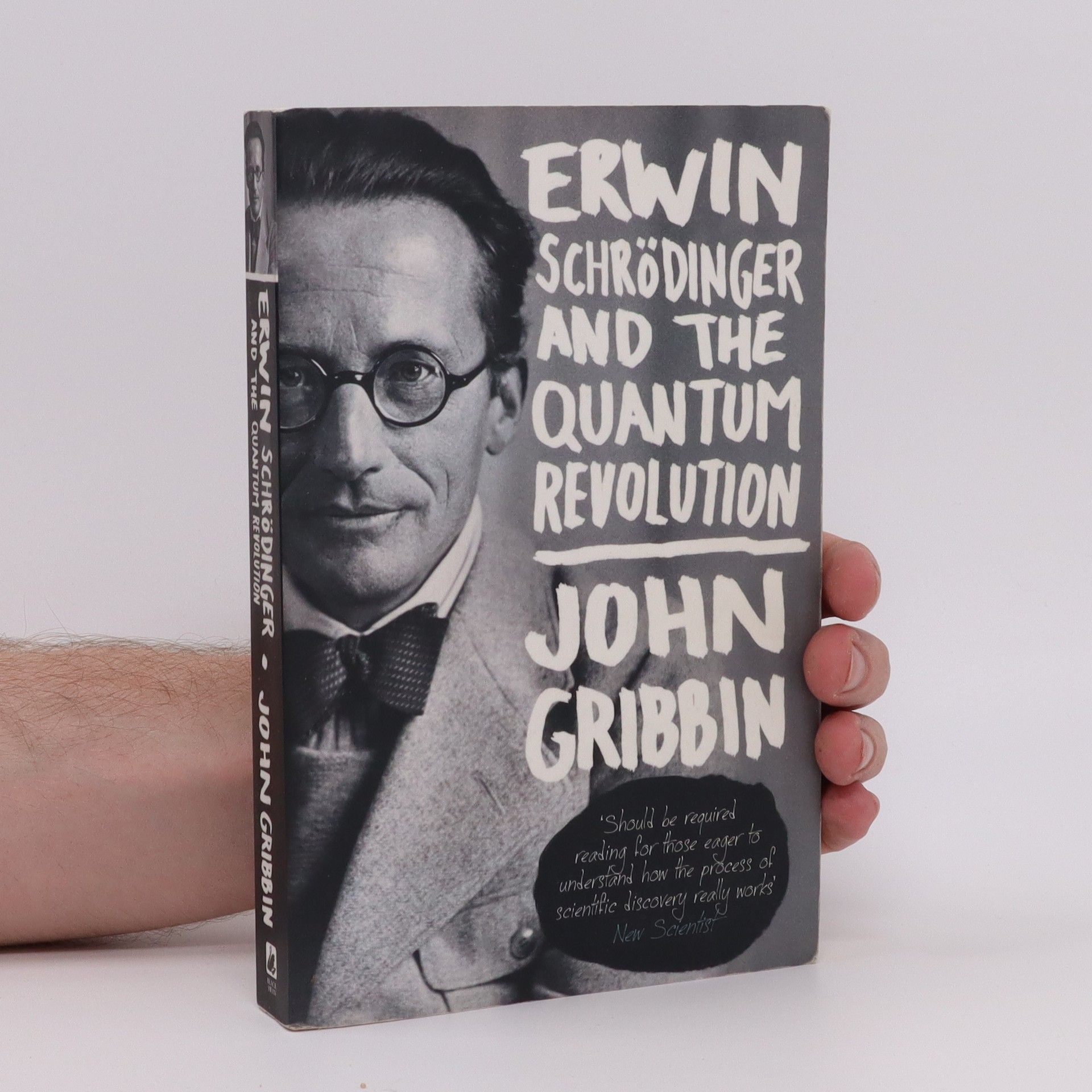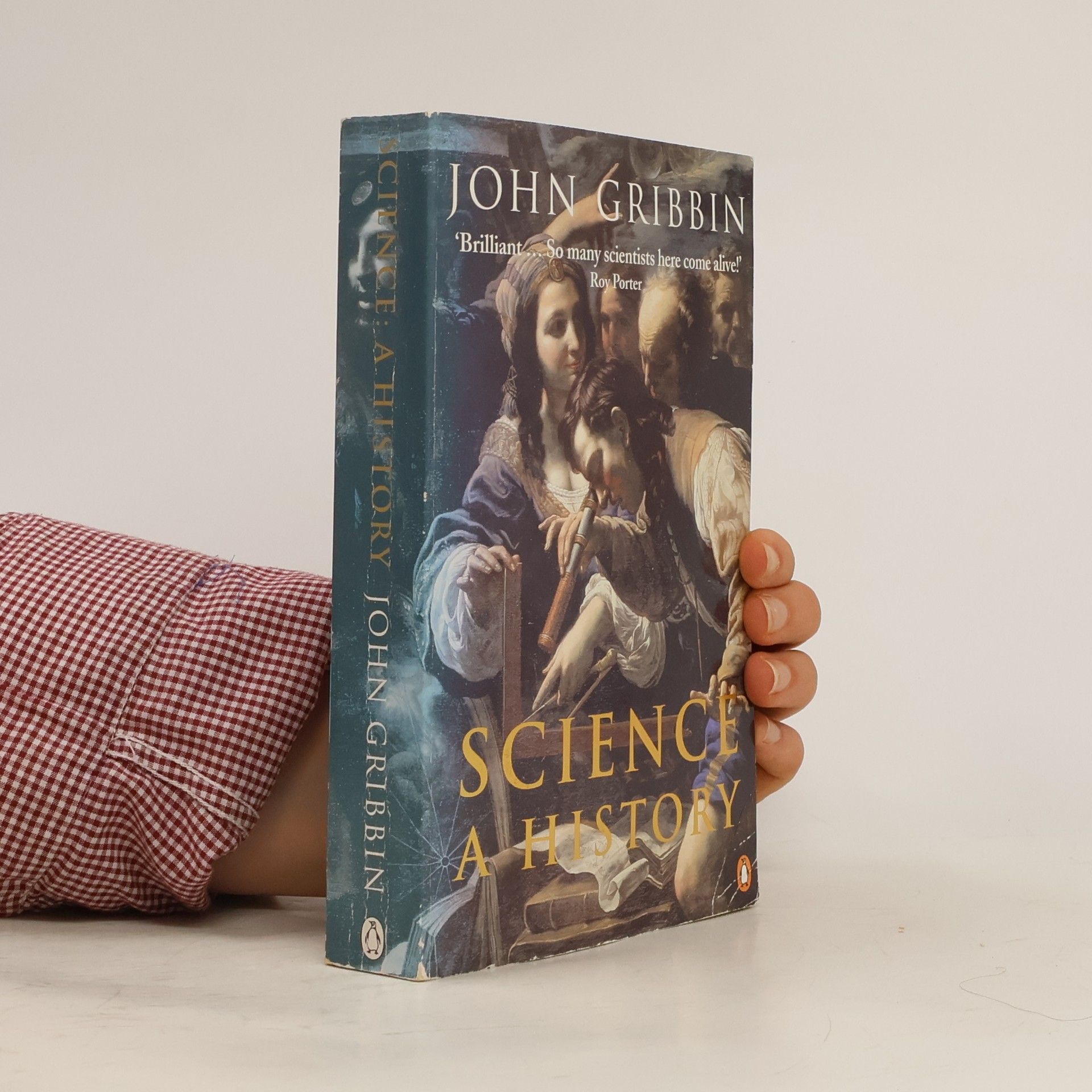Schrödinger's Kittens and the Search for Reality
- 261pages
- 10 heures de lecture
Gribbin presents the recent dramatic improvements in experimental techniques that have enabled physicists to formulate and test new theories about the nature of light. He describes these theories not in terms of hard-to-imagine entities like spinning subnuclear particles, but in terms of the fate of two small cats separated at a tender age and carried to opposite sides of the universe.


